While there’s no apocalypse now in Hong Kong’s insect world, threats and changes are cause for concern – including for us humans
It’s nightfall on a grey, gloomy day, at a car park amidst woodland in Hong Kong’s central New Territories. A four-person team of moth enthusiasts has just finished setting up lights to lure insects at two locations, and there’s time for a picnic dinner before an evening of “moth-ing” commences.
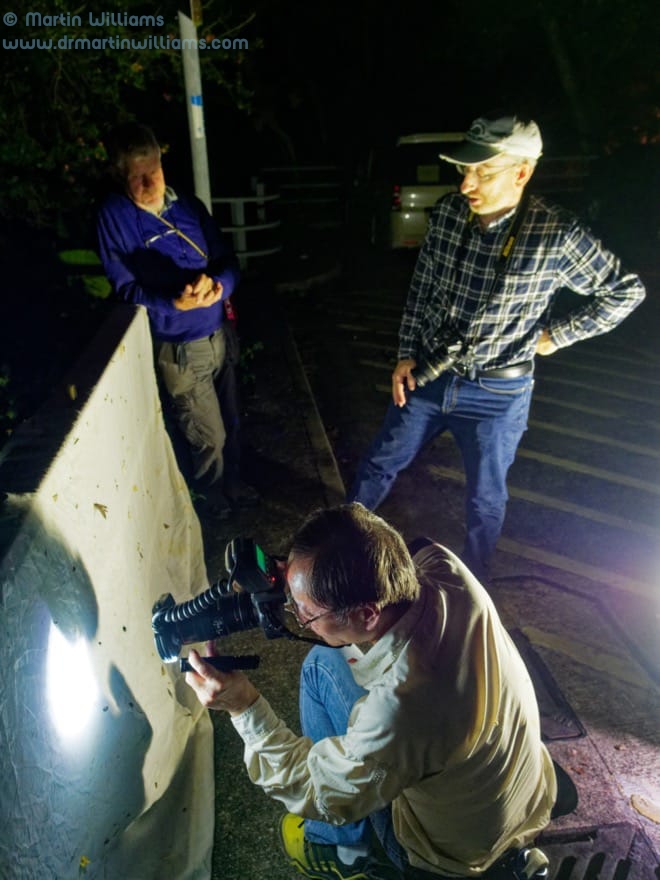
The organiser of this session – and doyenne of moth research in Hong Kong – is Dr Roger Kendrick, a bespectacled, lightly bearded Briton whose passion for these insects led to him founding a consultancy, C&R Wildlife, where he now works full-time role after a decade as senior conservation officer with Kadoorie Farm and Botanic Garden. “It looks good this evening – overcast with a little mist,” Kendrick remarks, and he is soon proved correct as moths start arriving, fluttering out of the darkness to near a brilliant white light, and maybe landing on a white sheet the team members have hung from a fence around three metres away.
Assessing the “insect apocalypse” in Hong Kong
I’ve joined the moth survey to help learn how the situation in Hong Kong compares to the “insect apocalypse” – as it’s been dubbed by publications such as the New York Times – that is evidently underway worldwide. Last month, the perilous state of insect populations made headlines after a paper appeared in Biological Conservation, by researchers who assessed studies from around the world, found 41 percent of insect species had declined, and concluded: “Insects as a whole will go down the path of extinction in a few decades”.
While the researchers found 73 reports on insect declines, the majority were from North America and Europe, with just four from Asia. Hong Kong did not feature, as no published study clearly shows declines. Yet more is known about insects here than in most of the tropics, and they may similarly be faring badly, with consequences that will affect humans too. Experts including Kendrick noted in a 2014 assessment: “Many threats endanger local insects, notably habitat destruction as a consequence of development (particularly in Country Park enclaves and feng shui woods, known to harbour a great many species); pollution and channelisation of our water courses; and invasive species. This is not to mention global warming for which the impacts are little understood but could well be very significant.”
Moths featured strongly in the assessment, and Kendrick notes they play several key roles in ecosystems, including pollination (“no moths = no papaya, which are only pollinated by certain hawk moths” Kendrick tells me in a Facebook message), and recycling nutrients in ways that also help make forests better at storing and gradually releasing water. Plus: “They convert live plant material to protein packages for animals higher up the food chain.”
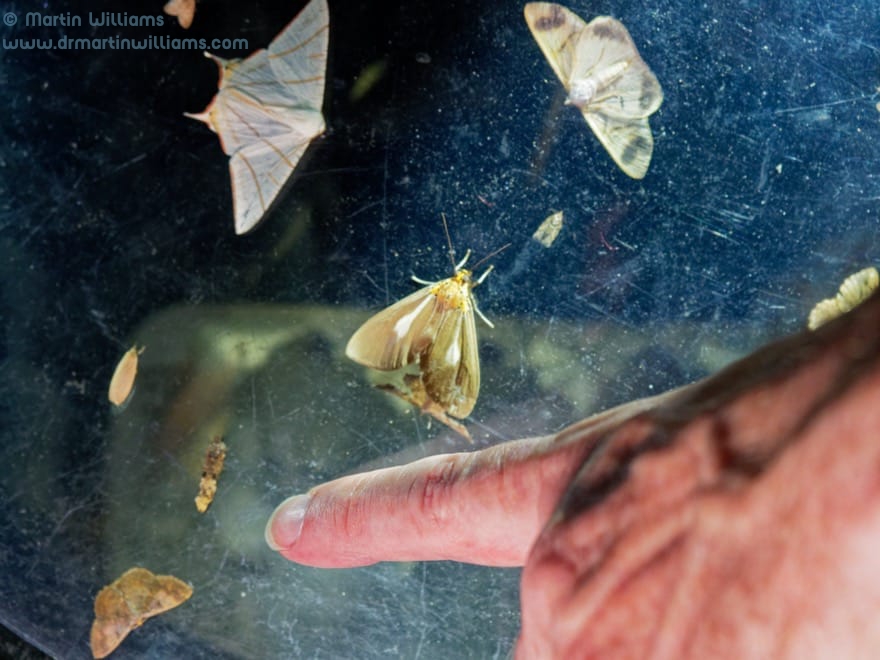
As moths dot the white sheet, and hundreds of individuals of almost 300 species arrive during the course of the evening, it might seem we are a long way from any insect apocalypse in Hong Kong. Yet as Kendrick checks the visitors – calling out Latin names like Acidon paradoxa, Ourapteryx clara and Pelagodes antiquadraria as readily as you or I might greet old friends – it becomes clear the situation is far from normal.
While there are expected species such as two spectacular Chinese moon moths, which are light green and have wings around the width of my hands, extending back to long “tail” streamers, others would never have been seen a few years ago – especially as it’s only the end of February. The session has barely begun when Kendrick points out a Rhimphaliodes macrostigma, which looks nondescript dappled brown yet is notable for having been first recorded in Hong Kong a few years ago. “It’s one of several moths with more southerly, tropical distributions that have arrived in the past decade, and are now relatively common,” Kendrick tells me. He suspects these newcomers may thrive on arrival partly as there’s a delay before their parasites catch up with them, and put a brake on population increases.
“Look, there’s a cicada – isn’t that unusual at this time of year?” I ask. Kendrick agrees that it’s appeared about a month early, along with various moths that are turning up tonight, surely as a result of the springlike conditions after Hong Kong’s warmest winter on record. These include Dahira rubiginosa, which with a chunky body the size of a child’s thumb and neatly swept back wings is a hawk moth – belonging to a family of moths that fly with wingbeats so fast that people in Hong Kong sometimes mistake them for hummingbirds.
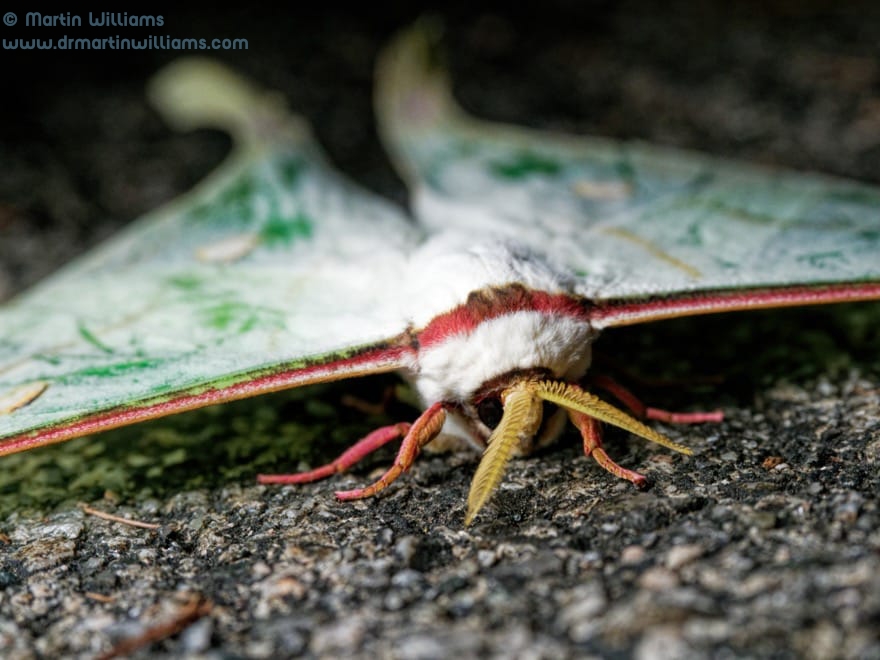
“There was some moth trapping in this area in the 1980s, and they reported tens or hundreds of hawk moths a night,” says Kendrick. Tonight, there are only three, and single figures are nowadays the norm. “Many hawk moths specialise in feeding in tree canopies, and maybe there are no longer the trees they depend on,” Kendrick suggests.
Studying unglamorous stag beetles – and a butterfly called the Courtesan
Perhaps a New Territories car park seems an unlikely place for research on the frontiers of field biology. Yet on a warm, steamy afternoon on the wooded slopes above Hong Kong University, I watch final year ecology and biodiversity student Calvin Leung Tsz-kin as he explores even more unknown territory. He’s studying stag beetles, and doesn’t lure his quarry, but instead looks for chunks of decaying wood, and carefully teases them apart in the hope of finding the larvae, which you or I might call grubs.
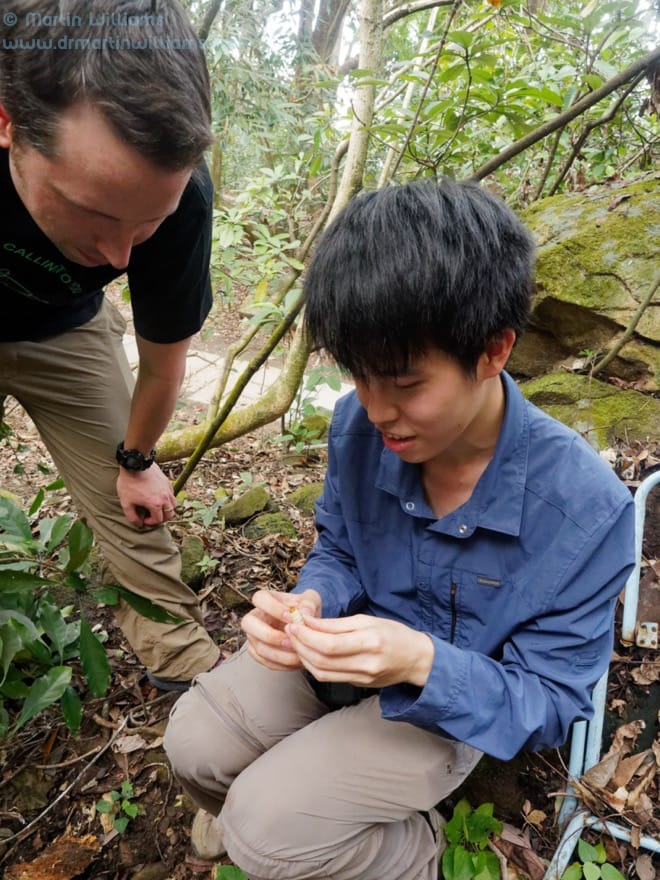
Today, we’re in luck, as Leung finds a larva in the first log he checks. It’s like a fat, creamy white caterpillar with an oily sheen, and has two sharp looking pincers for munching on wood. It wriggles a little on Leung’s hand. As if its appearance wasn’t “creepy crawly” enough, Leung says he can tell what species it is by observing the arrangements of hairs around its anus.
While many people might shun such creatures, Leung is happy. “I grew up a weird kid, loving wildlife, especially beetles,” he says. “To me, all adult stag beetles are quite beautiful, such as the adult of this one, which has orange stripes.”
His supervisor, Dr Tim Bonebrake, is delighted by the find – the first stag beetle larva he has seen in the wild in Hong Kong – and explains that Leung’s study is the first on these beetles’ numbers and distribution in Hong Kong, using standardised methodology that can be repeated in future.
Bonebrake hails from California, and has been with the university’s School of Biological Science for over six years. While his research spans tropical conservation, he specialises in butterflies – and gained some inkling of the “apocalypse” underway when he studied butterflies in Los Angeles parks, and learned of a species that was common there in 1917, scarcer in the 1920s, and had disappeared by the 1940s.
“We know insects are being impacted by factors like habitat loss, climate change, pollution, and wildlife trade,” says Bonebrake. “Information is largely from Europe, where there are resources and experts, yet lower diversity. In the tropics, there’s so much diversity, but so few experts. This is the primary driver of my research – finding how to work with the little data we have, and making recommendations. Here in Hong Kong, we mostly lack historical data; though my guess is there has been decline in insect numbers, consistent with what we’re seeing in temperate ecosystems.”
Bonebrake has helped analyse results of moth trapping by Roger Kendrick at various elevations, to near the summit of 957-metre Tai Mo Shan. They found that from 2000 to 2014, there was a tendency of moths in one family – the geometrids – to occur at higher elevations, consistent with an overall rise in temperature. Yet, by 2014 high elevation species were more frequent at the lowest of the six sites, which Kendrick and Bonebrake attributed to an untick in numbers of frosts, allowing the moths to move downhill, perhaps as rivals suffered. “We might think linearly in terms of rising temperatures, but there are other changes in rainfall and extreme events,” says Bonebrake. “Such complexities are why we do this – making the job more challenging.”
Bonebrake was intrigued by the arrival of the courtesan, an attractive butterfly with a bold black-and white pattern that was first recorded in Hong Kong in 2007, and has since become fairly widespread. It’s a tropical species, found across much of Southeast Asia while a close relative that is long established here, the red ring skirt, favours more temperate climes, spanning much of China and Korea. Seeing an opportunity for some sleuthing to discover if the two species are adapted to different climes, Bonebrake put Tom Au Tsun Fung on the case.
Au captured courtesans and red ring skirts, and placed them in an environmental chamber within a university laboratory, to see how they responded to high and low temperatures. While both became inactive at around the same high temperature, there was a significant difference when Au chilled them, then slowly increased the temperature till they recovered enough to stand upright. Courtesans required 2°C more warmth than red ring skirts before standing – an average of 13.32°C, compared with 11.29°C for the latter. “Maybe this is why red ring skirt could withstand Hong Kong’s winter, and courtesan has recently arrived because Hong Kong is more and more like the tropics,” he told me via email.
To several more temperate species, Hong Kong winters are sufficiently mild that they travel here in late autumn, with some remaining for a month or two before perhaps departing to places further south, like Hainan, and others staying till spring. This recalls the famous migration of monarch butterflies in North America, and the species here include a similar looking close relative, the common tiger.
Apocalypse now for west US monarchs; and changes to Hong Kong butterflies
“Apocalypse” is facing the western population of monarchs – with numbers wintering in California and Mexico plummeting from around 4.5 million in the 1980s, to just 28,429 found by the Xerces Society for Invertebrate Conservation last year. In Hong Kong the situation is less clear cut, with little historic data and numbers oscillating from one year to the next – such as at the main site, in the northwest New Territories, where totals from 1998 to 2009 reached 40,000 in two years, but once dropped to 2,000.
But one of the horsemen of the insect apocalypse – habitat destruction – did ruin a previous site for these butterfly aggregations, at Butterfly Valley near Lai Chi Kok. Writing in The Hong Kong Naturalist, butterfly enthusiast Konyil Chan reported that on 10 December 1938, “We reached the valley at about 10 a.m. and to my surprise thousands of butterflies were seen swarming on the twigs and branches of pine tree and other bushes.” But Japanese soldiers felled trees there during World War II, and although some woodland has been planted and regrown, the winter butterflies haven’t returned.

Another Hong Kong butterfly site was threatened by a recent development, as Cheung Kong built eight multi-storey housing blocks beside Fung Yuen reserve. The reserve is in a valley to the north-east of Tai Po Market, on a site designated of special scientific interest in 1980, and since 2005 managed as a reserve by the Environmental Association. As the development was on an expanse of abandoned farmland, and came to within 50 metres of the reserve, there were fears it would severely impact the local butterflies.
The project began in 2005, and by the time it was completed in 2014 there was indeed a fall in butterfly populations. “That year, numbers were down by about 30 percent on those before the project,” says Eric Wong-kit, Project Officer (Nature Conservation) with the association. “They have recovered since, as our management includes introducing and conserving plants with nectar for butterflies, and adding two small wetlands. But they can never return 100 percent to original levels.”
Wong takes me to the heart of the reserve, where shrubberies abounding with flowers are already attracting butterflies on an unseasonally warm ‘winter’ day. Soon, we join around ten enthusiasts in following and photographing a rare visitor – a chocolate tiger, which has black and blue patterned upperwings, with russet on its underwings that’s most obvious in flight. “We only see perhaps five of these in a year,” says Wong, who at first wishes he’d brought his main camera, but is eventually delighted by the chestnut tiger feeding so intently that he can slowly reach out to take frame-filling shots with his phone.
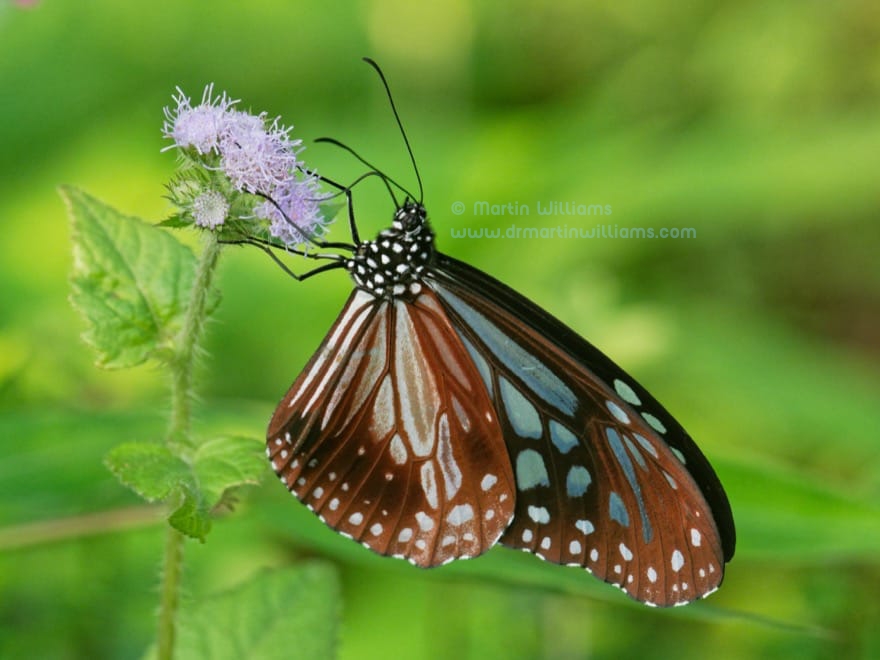
With wings extended, the chocolate tiger looks a little smaller than my hand. Yet this tiny, delicate creature may have migrated hundreds of kilometres last autumn, from further north in China. Wong’s colleagues helped discover that a very similar relative, chestnut tiger, can fly even further – by finding two individuals that had been marked by researchers in Japan, some 2,500 kilometres away. The first of these was discovered in 2011, and ranks second only to America’s monarchs in terms of distance travelled by a butterfly, helping indicate how much we still have to learn about the wonders of insects.
Pesticides add to the woes for insects
Not that the government seems too appreciative of such wonders.
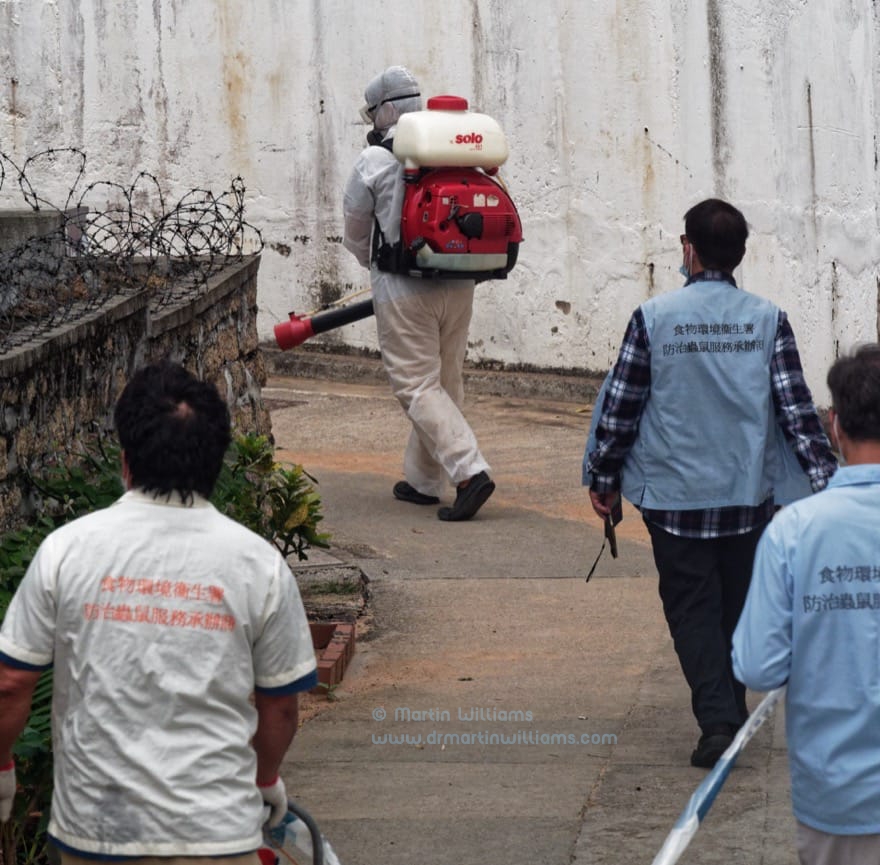
As I worked on this article, the “insect apocalypse” arrived right outside my home on Cheung Chau, courtesy of government-funded mosquito control teams. A member of one of these teams was squirting pesticide here and there alongside a path through woodland. I protested that there were no mosquitoes present, and this would kill other wildlife – indeed, I had earlier picked up a bottle of the pesticide, and found it was cypermethrin, with the label warning it is “Harmful to fish, bees and wildlife”. A team member nodded as I also said it could be bad for their health, but I was told, “It’s our job, we’re following instructions.” There was a similar response from another team, with one member in a hazmat suit spraying a fog of pesticide that left a nasty reek in the air.
I emailed complaints, which prompted a suggestion I phone Miss Sze Ching-yee, Health Inspector (Pest Control) with the Food and Environmental Hygiene Department, and led to an illuminating if disheartening conversation.
“There was an imported case of dengue fever on Cheung Chau in December last year [2018], and we have been spraying for mosquitoes weekly in February, but are now back to monthly,” Sze told me. I had previously queried such pesticide spraying after a cluster of dengue fever cases on Cheung Chau last summer, even though two of these were very near my home; and now told Sze, “It seems you’re not targeting mosquitoes, just spraying poison that kills bees, butterflies, and surely frogs whose tadpoles eat mosquito larvae. Do you have any science showing this is effective, or assessing the impacts on local wildlife?”
“I’m not the person to approve pesticides,” replied Miss Sze. “I don’t have any studies on them working, but follow the guidelines. I just know they are approved by the advisory section. So many Cheung Chau people are now afraid of this kind of outbreak.”
Looking online, I readily found studies on this pesticide being lethal to bees and butterflies, and probably dangerous to frogs and other creatures, with “many health hazards” for humans, and emailed them to Sze, who is yet to reply. Perhaps it is coincidence, but in recent weeks there has been a dearth of insect eating birds in and near the places that have been intensively sprayed – an area where I have been birdwatching for over 30 years, always finding at least some species like Daurian redstart and olive-backed pipit that were around till early January but since vanished. In early March, I spoke with butterfly expert On Ming-chung, who often searches the same area, and told me, “There has been a drastic decline in butterflies.”
So maybe there has been an insect apocalypse in southern Cheung Chau. Of course, it’s exceptional, resulting from a response to dengue fever. [And, since 2019, the government has changed most fogging/spraying on Cheung Chau to use bti – a toxin that kills mosquito larvae, but is harmless or relatively so to most creatures.]
Massive bee deaths in summer heat; newly arrived beetle and moth
To further assess the Hong Kong situation – going beyond moths and butterflies, and the nascent work on stag beetles – I contacted a couple of other experts.
One is veteran environmentalist and conservationist Pang Yiu-kai who is currently, “the voluntary farmhead of Zero Impact Experimental Farm”, with a farm in China, and another at Yi O, west Lantau – growing crops as well as beekeeping. “Bees in Hong Kong have faced big problems since summer last year,” he told me in messages. “The super heat last summer [2018] caused mass bee deaths. Autumn and early winter are normally the high time to greatly boost bee populations, but last year the bee population failed to bloom.” The winter honey harvest mainly depends on blossoming ivy trees, and Pang suspects the reason the harvest and bee numbers were so poor is that Super Typhoon Mangkhut, “rocked the trees too severely, hurt their vascular bundles [akin to restricting their “blood flow”], and caused winter flowering with far less nectar.”
Paul Aston is a self-taught expert on beetles, especially a family known as Caribidae, most nights setting light traps for them atop his house on Lantau. “While we get peaks and lows, it appears that insect populations are falling, and local factors like development, pollution and segmentation of habitats may be the cause,” he says. “There was one species that used to come 10 years ago, and another that’s almost identical since came in, and replaced it.” Unsurprisingly with rising temperatures, the usurped species has a more northern range. While we might guess the usurper is more tropical, no one knows for sure yet, as it was new to science when Aston first found it.
To me, one of the indications of how drastically things are changing comes right at the end of the moth-ing session, as Kendrick takes down a light, and notes that a moth perched on the supporting tripod is one of the recently arrived species that are now almost commonplace in Hong Kong.
Newly arriving species is hardly an apocalypse for Hong Kong’s insects, of course. But it’s clear that Hong Kong’s insects here are in flux, with indications of problems akin to those elsewhere. “There’s no question insects are declining worldwide, and this will impact humans, as insects are important for our survival,” says Tim Bonebrake. Not that he expects cockroaches to vanish any time soon. And newcomers may cause issues for humans, like the accidentally introduced red fire ants that are native to South America, thrive in grassy areas, and are aggressive with painful stings.
While many media reports have told of global bee declines, and threats to agriculture from reduced pollination, Bonebrake highlights other key roles insects play: “They decompose wood, and are really important for this. Insects eat plants, playing vital roles in ecosystems. Birds eat them, for instance. Insects are crucial for most of life.”
Or to paraphrase Roger Kendrick: “No insects = no humans.”
[Written for the South China Morning Post magazine.]
Several reports from around the world since I wrote this; including:
Insect Populations Plunging in UK
A paper likening studies of insect populations to monitoring numbers of people on life rafts, even as ships sink: Missing the bigger picture: Why insect monitoring programs are limited in their ability to document the effects of habitat loss
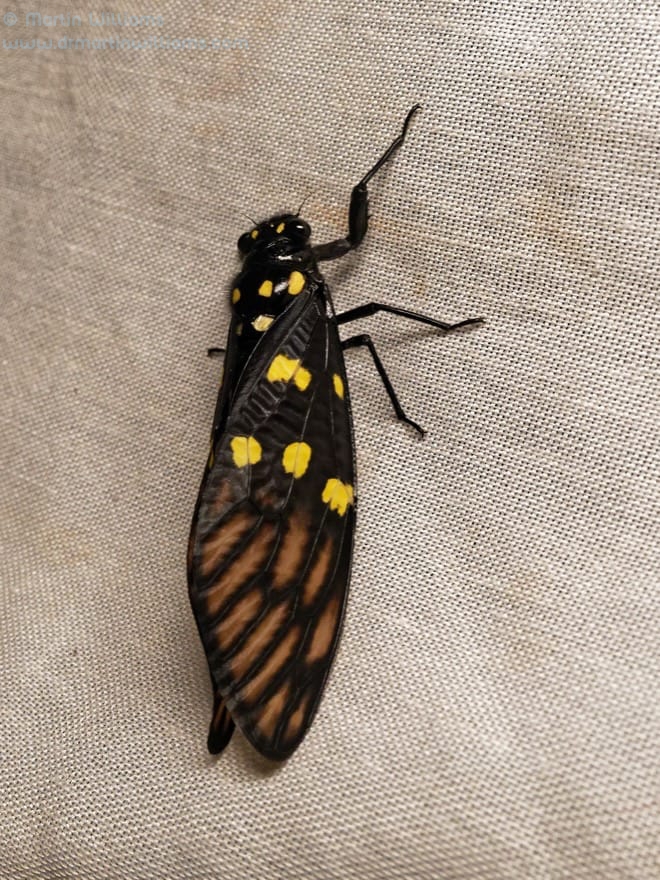
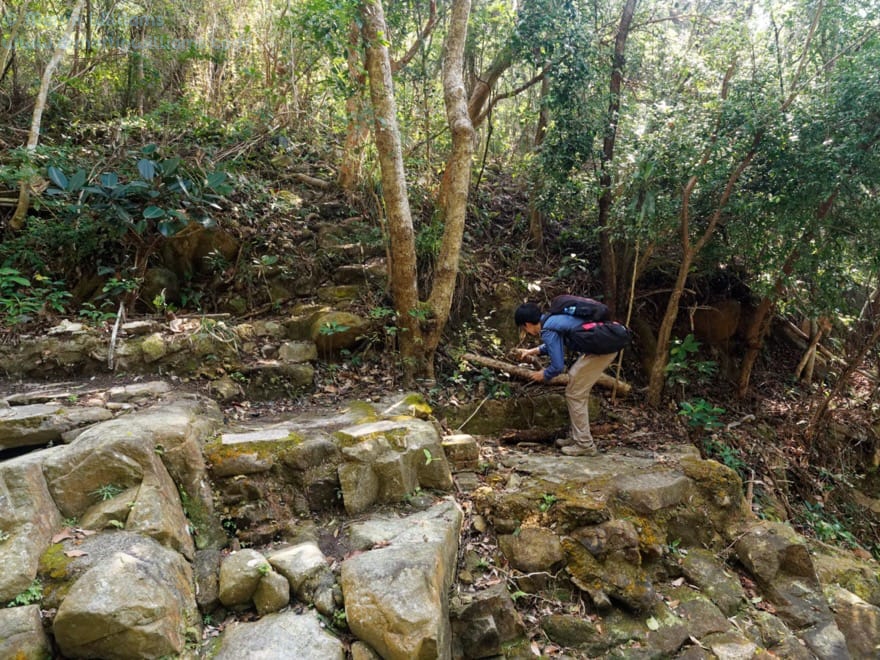

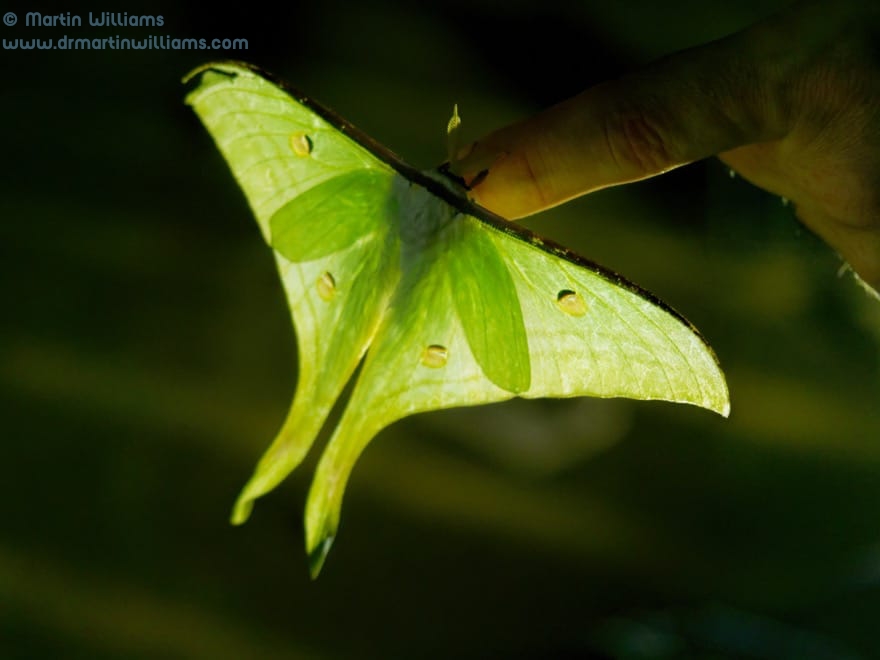
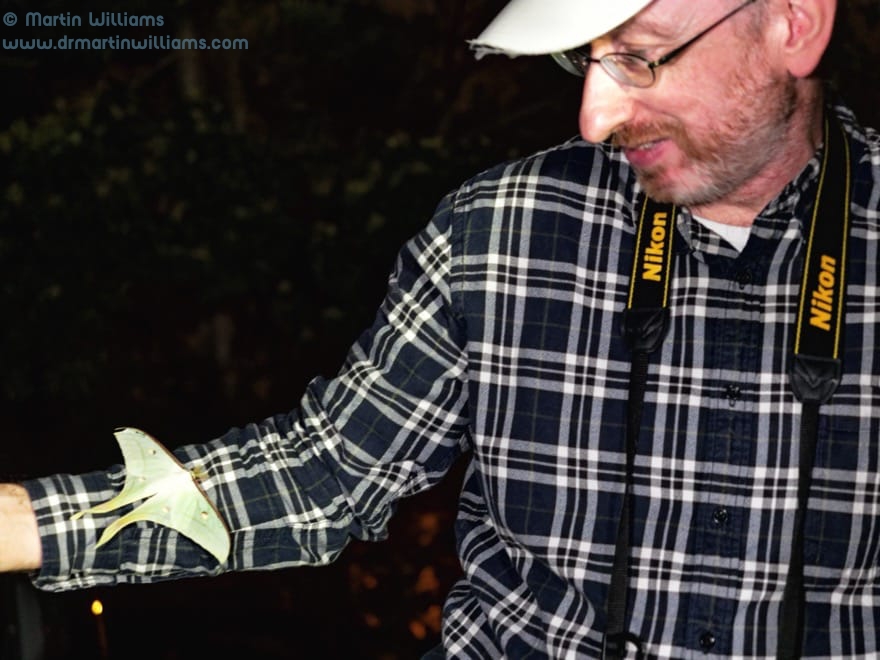
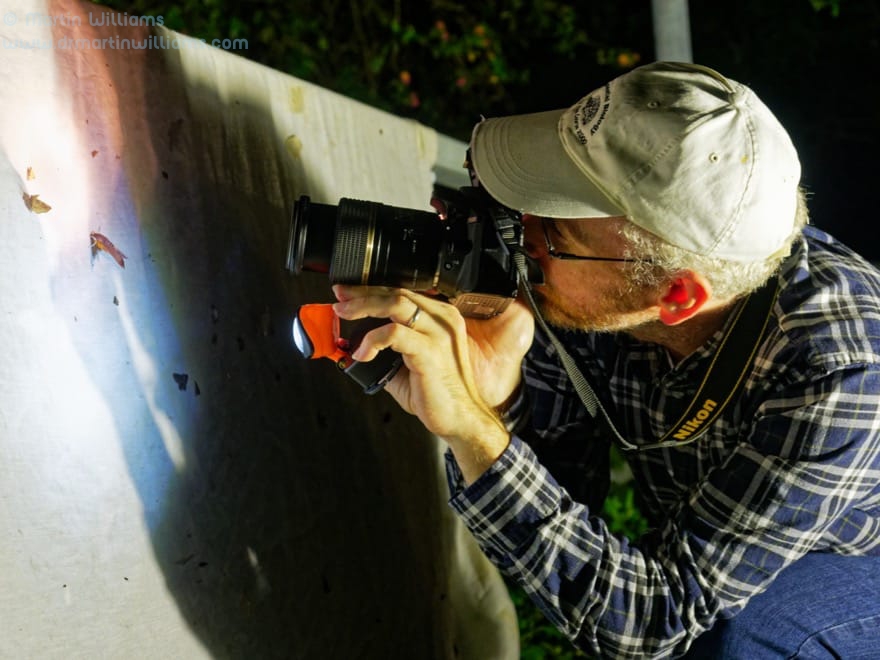
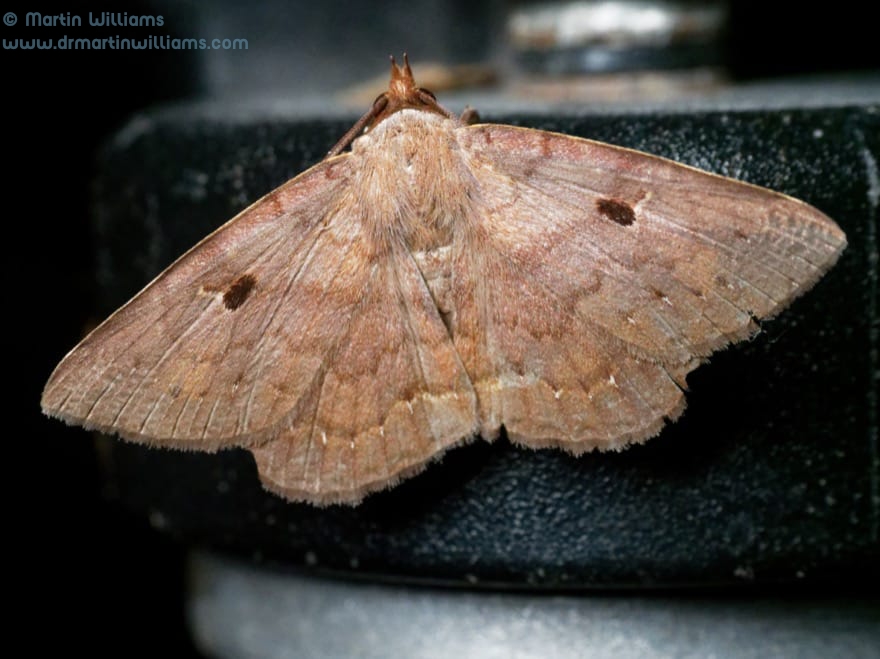
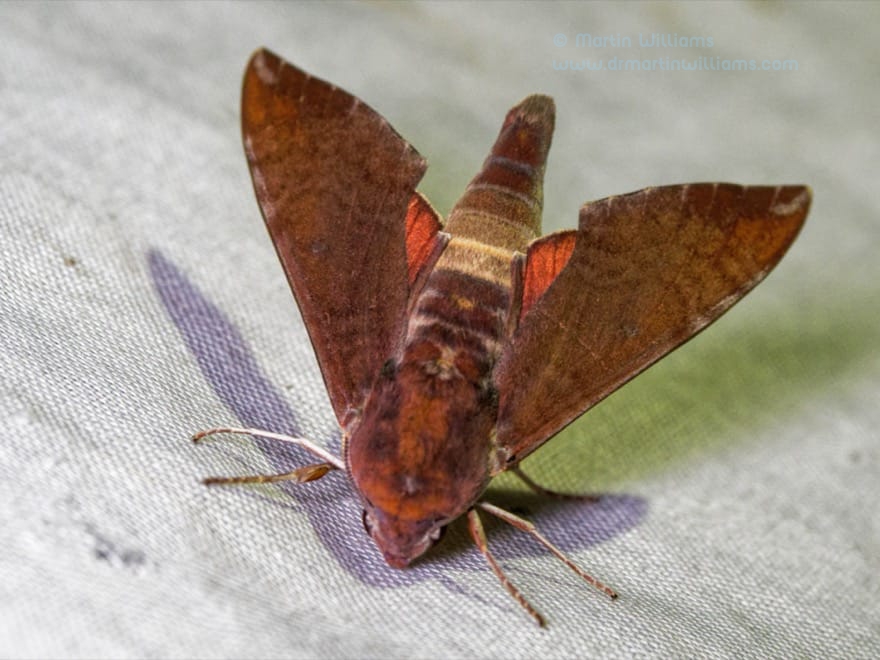
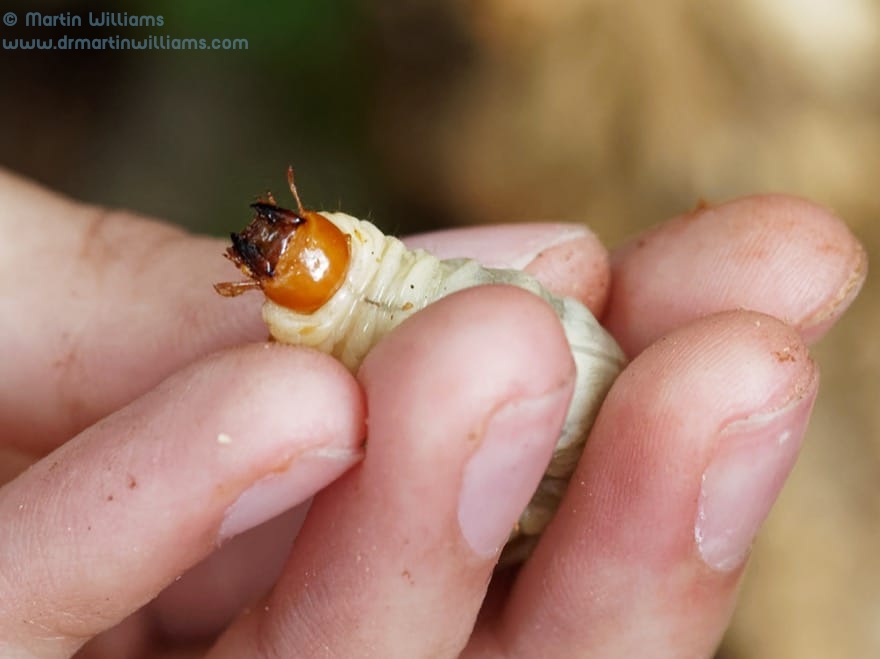
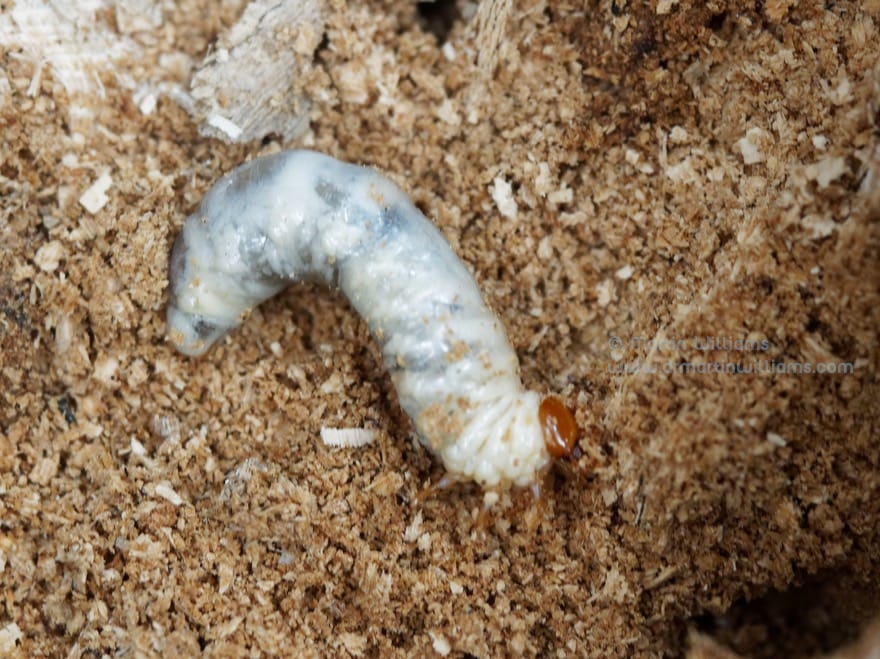
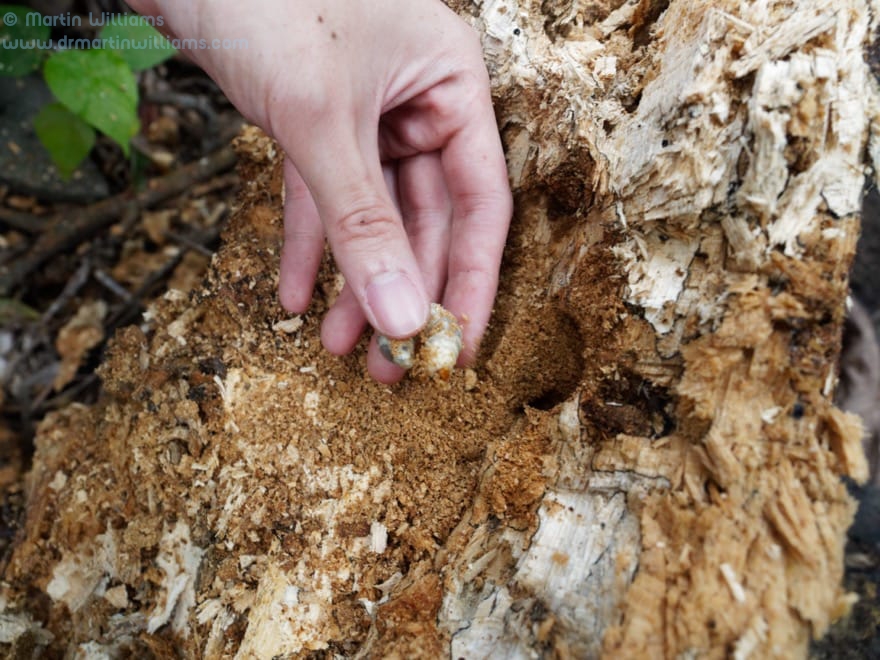
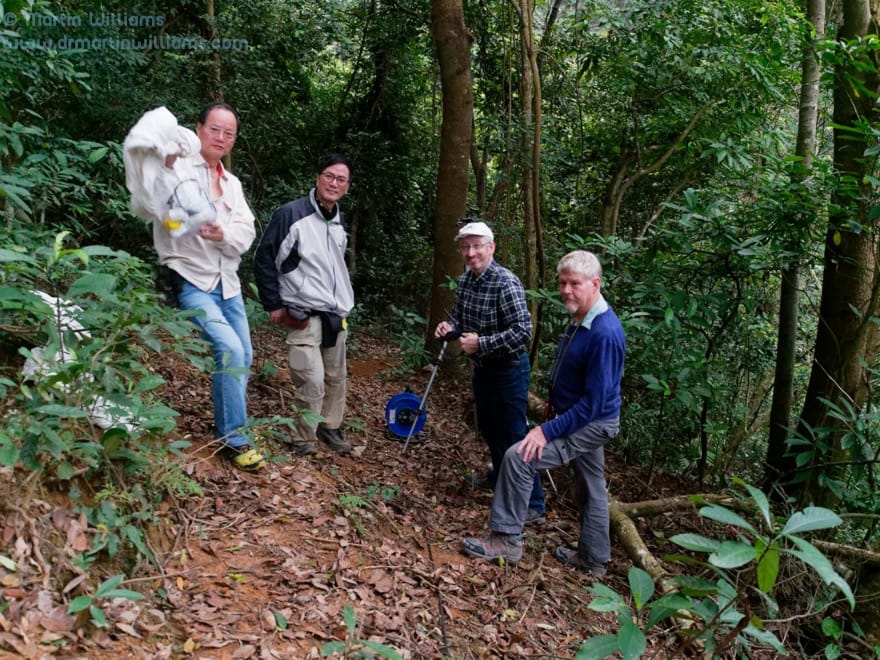
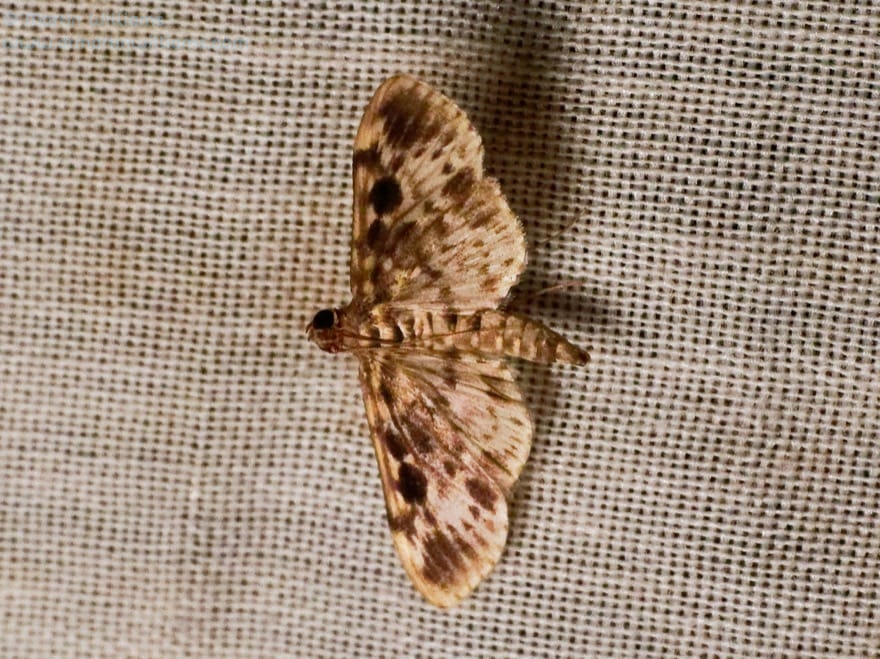

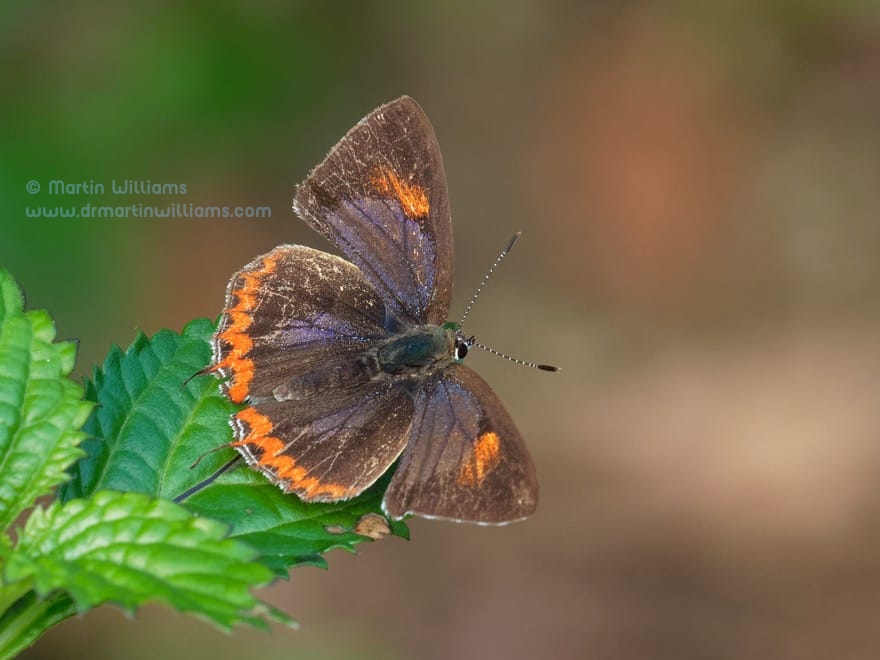
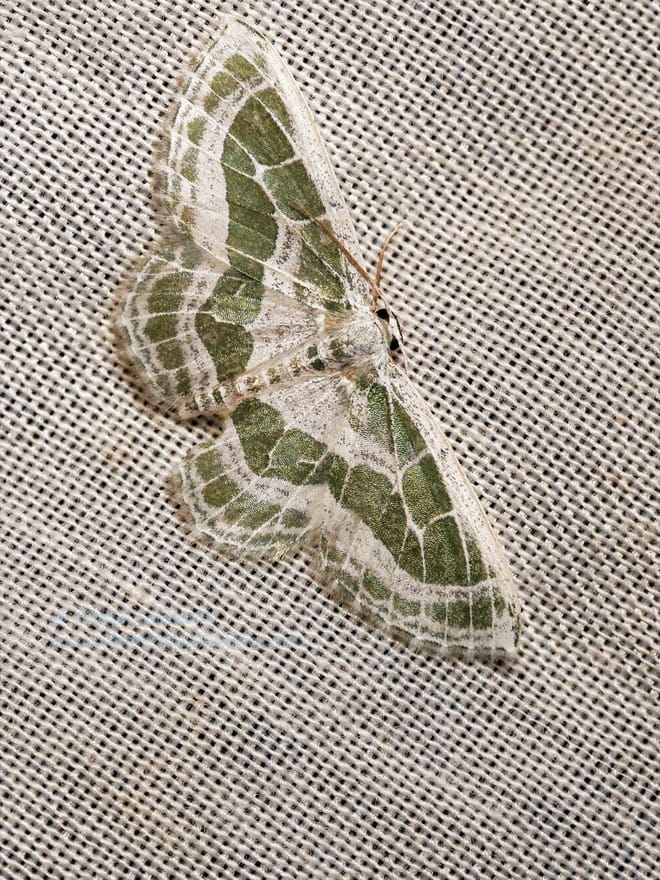
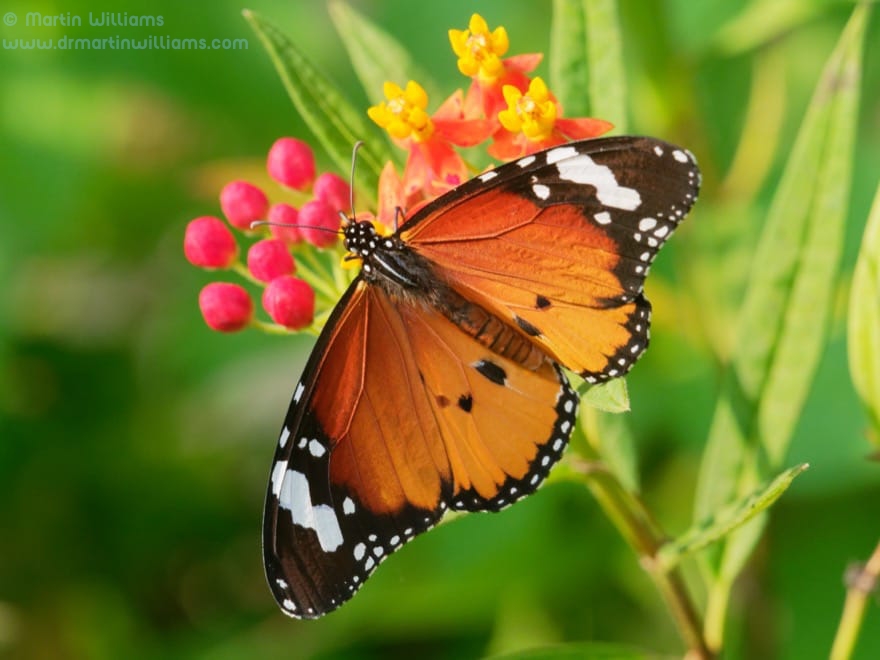
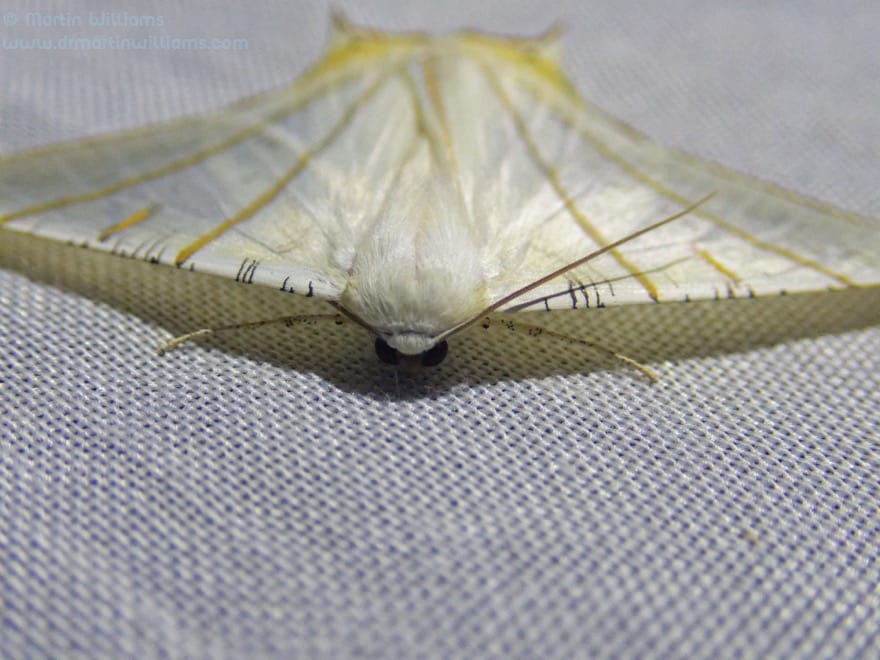
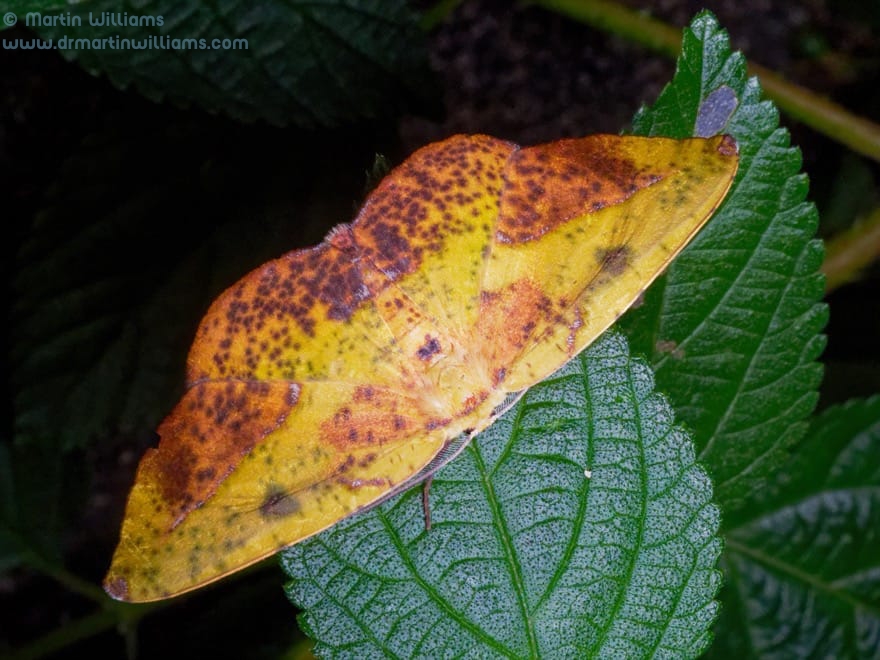
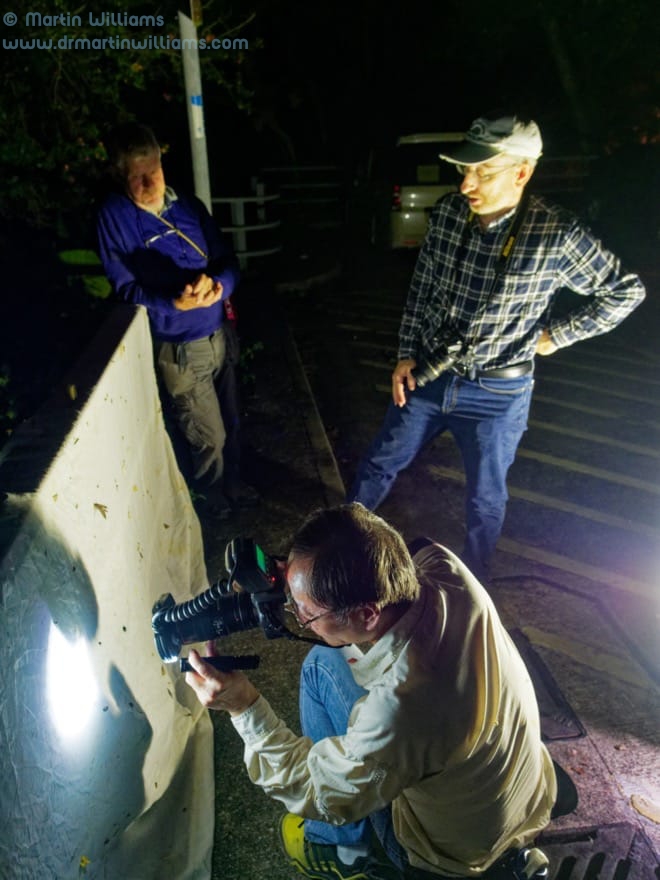
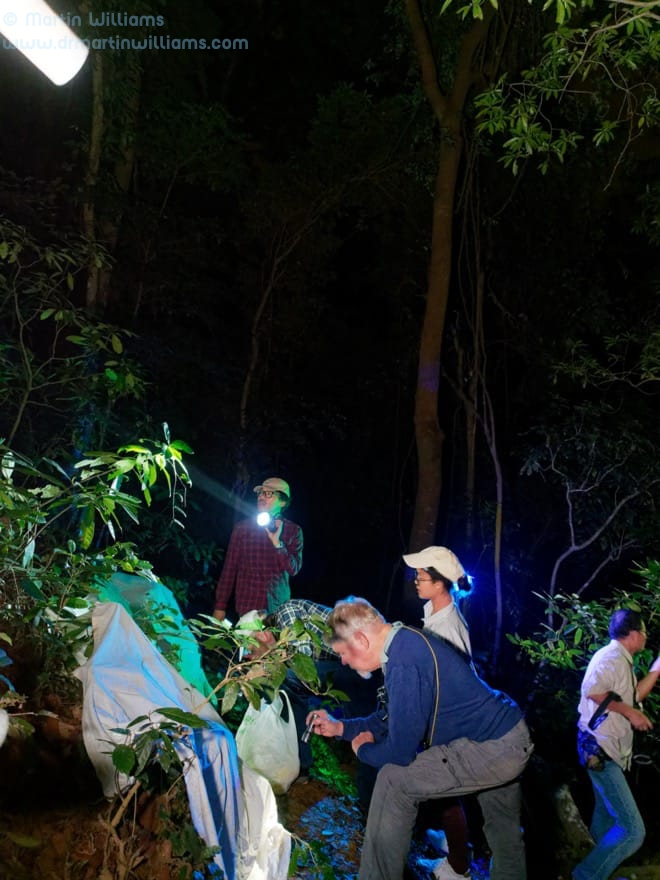
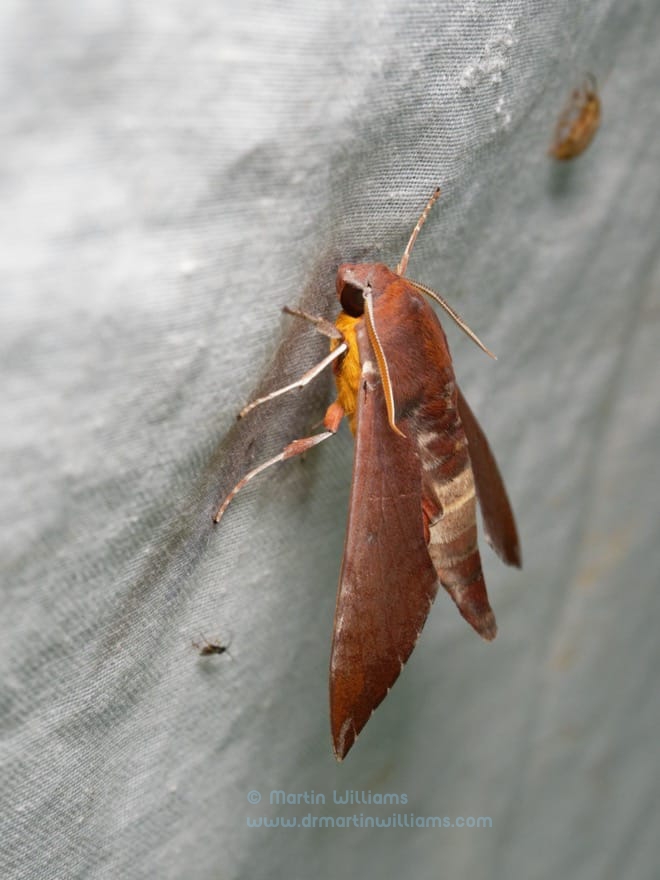
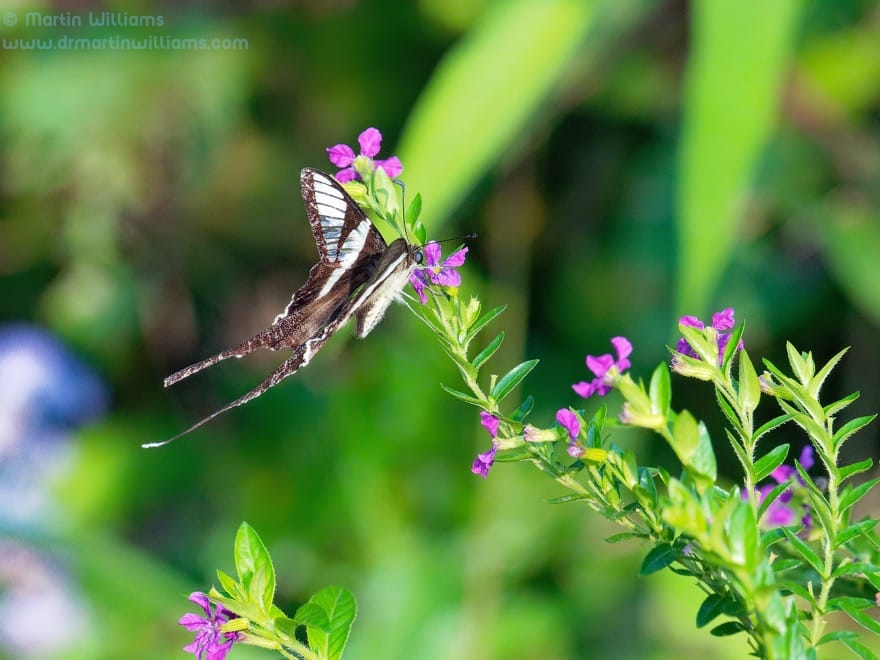






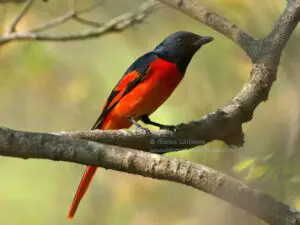



















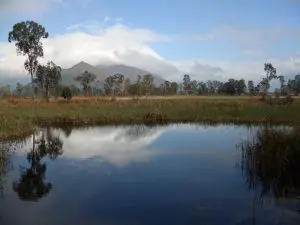



Article in the Guardian:
//Long-term data for insect populations – particularly less charismatic species – is still patchy, but Janzen and Hallwachs join a number of scientists that have recorded huge die-offs of insects in nature reserves around the world.
They include in Germany, where flying insects across 63 insect reserves dropped 75% in less than 30 years; the US, where beetle numbers dropped 83% in 45 years; and Puerto Rico, where insect biomass dropped up to 60-fold since the 1970s. These declines are occurring in ecosystems that are otherwise protected from direct human influence.
…
In 2019, researchers found that almost a third of US birds – about 3 billion – had disappeared from the skies since the 1970s.
…
Behind the steepening declines, a clear culprit is beginning to emerge: global heating.//
https://www.theguardian.com/environment/2025/jun/03/climate-species-collapse-ecology-insects-nature-reserves-aoe